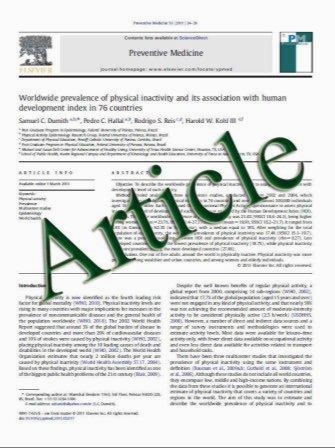The Effects of Bariatric Surgery on Asthma Severity
- نوع فایل : کتاب
- زبان : انگلیسی
- مؤلف : Raju C. Reddy & Alan P. Baptist & Zhaohui Fan & Arthur M. Carlin & Nancy J. O. Birkmeyer
- چاپ و سال / کشور: 2010
Description
Background Excess body weight increases both the risk and severity of asthma. Several studies indicate that bariatric surgery decreases asthma severity, but either enrolled few patients or were not focused primarily on asthma. Furthermore, none compared the effects of different bariatric surgical procedures. Methods Subjects underwent bariatric surgery at member institutions of the Michigan Bariatric Surgery Collaborative between 06/06/2006 and 5/14/2009. Patient records provided data on baseline demographics, asthma medication use, comorbidities, body mass index, type of procedure and perioperative complications. One year later, patients received a follow-up mail survey covering weight and use of asthma medications at that time. Results Of the 13,057 bariatric surgery patients, 2,562 (18.6%) reported use of asthma medications at baseline. Several comorbidities were significantly more common in asthma patients, who also experienced significantly more perioperative wound and respiratory complications. Among 257 asthma patients who participated in a 1-year follow-up survey, 13 of 28 who had initially used oral corticosteroids for symptom control no longer required them, while use of inhaled corticosteroids decreased from 49.8% to 29.6%. Reduction in intensity of asthma therapy correlated with presence of sleep disorders and extent of weight loss on univariate analysis but not multivariate analysis. Patients who underwent laparoscopic adjustable gastric banding (LAGB), which was associated with less weight loss than other surgical modalities, were significantly less likely to reduce the intensity of their asthma therapy. Conclusions Bariatric surgery decreases the intensity of medication required to control patients’ asthma symptoms, although LAGB appears to produce less significant effects.
OBES SURG (2011) 21:200–206 DOI 10.1007/s11695-010-0155-6 Published online: 15 April 2010


